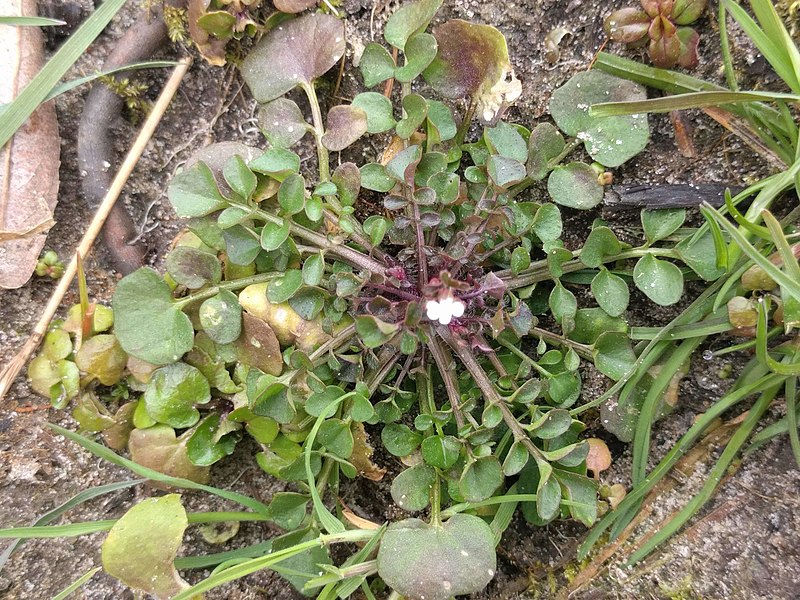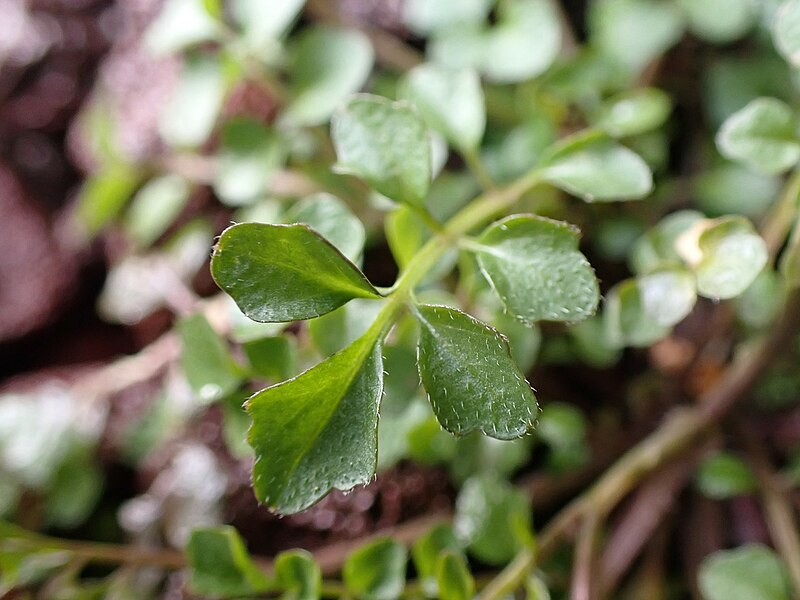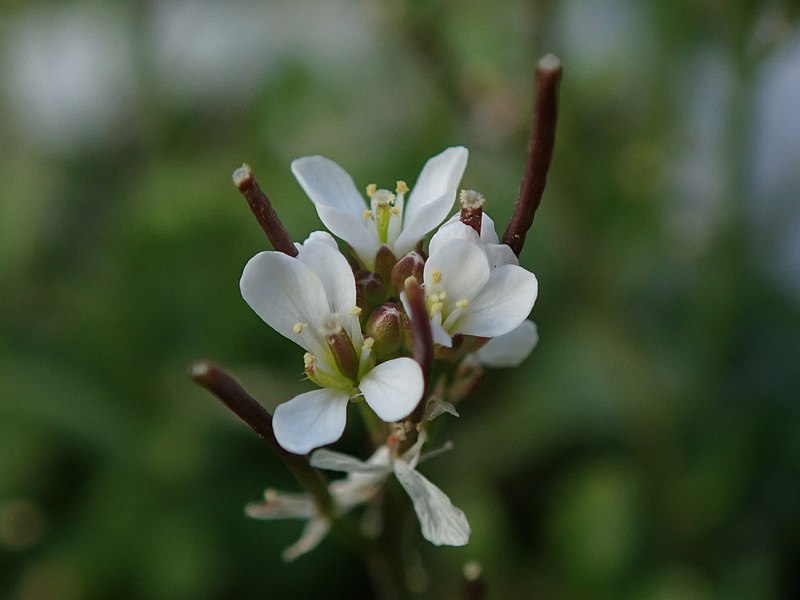Hairy Bittercress Identification – Cardamine hirsuta
Heads up
Hairy Bittercress is also known scientifically as Cardamine hirsuta. Cardamine is from the Greek word “Kardamon”, which means “cress”. This clues us in on the plant’s resemblance to the cress family. The second part of its name, hirsuta, is a Latin word meaning “hairy”. It’s referring to the tiny hairs you can find on its leaves and stems. People also call it other names like Bittercress, Shot Weed, and Springcress.
Hairy Bittercress: Key Parts in Photos



Where to find it
Hairy Bittercress originated from Europe. It loves both the sun and partly shaded spots. This hardy plant isn’t choosy about its home, thriving everywhere from roadsides and fields to waste areas or anywhere the ground’s been disturbed.
How to identify Hairy Bittercress
This plant has two kinds of leaves. The ones at the very bottom (basal leaves) have stalks and can grow up to 4 inches long. They’re also deeply lobed. The pointed or rounded tips of these lobes, can look different from plant to plant. Then, there are the stem leaves. These don’t have stalks, are narrower, and can grow up to 1 inch long. The edges of these leaves might be smooth, or they might have tiny teeth. Some might even have little hairs on them.
The flowers have a distinct look: small, white, and with 4 rounded petals each. You’ll find these flowers grouped in round clusters at the top of the plant or springing out from where the leaves join the stem (leaf axil). As the plant gets older, these stems get taller, but the flowers always form at their tips. Each flower, when fully open, is around 1/4 inch across. And inside, you’ll see 6 greenish-yellow stamens surrounding a short yellowish style. The number of flowering branches can vary depending on how good its growing spot is. Hairy Bittercress has a unique fruit which is actually a type of seed pod. They look like tiny flat triangles or hearts.
